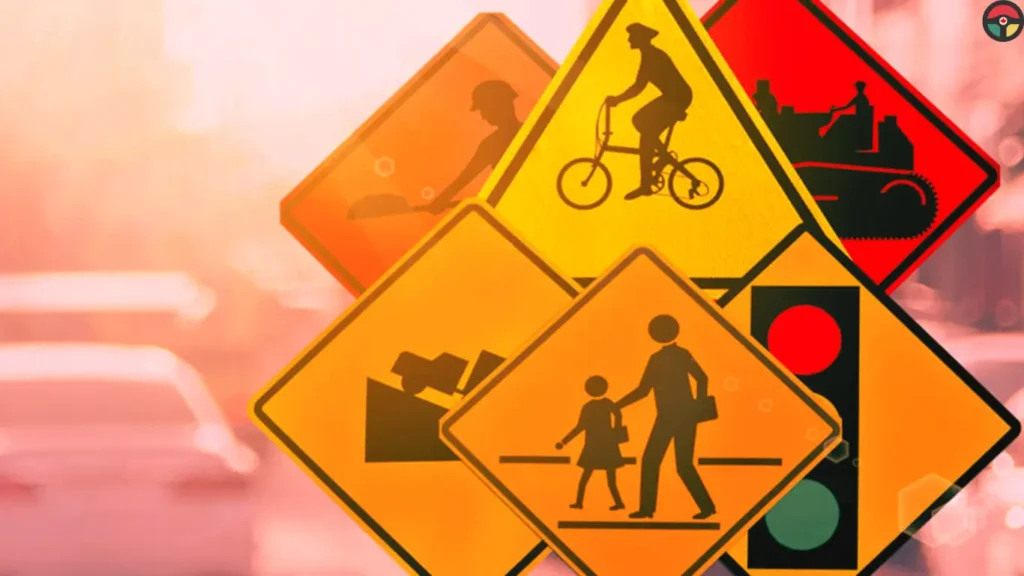Safe Driving Tips is a daily necessity for many of us, but it can also be a potentially dangerous activity. To ensure your safety and the safety of others on the road, it’s essential to follow some fundamental driving tips. In this article, we will explore various strategies and precautions you can take to become a safer and more responsible driver.
1. Check Your Vehicle
Before hitting the road, it’s crucial to ensure that your vehicle is in good working condition. Regularly check your brakes, tires, lights, and fluids. A well-maintained car is less likely to break down or cause accidents.
2. Buckle Up
Seatbelts are your first line of defense in a crash. Always buckle up before driving, and make sure all your passengers do the same. Seatbelts significantly reduce the risk of injury in an accident.
3. Avoid Distractions
Distracted driving is a leading cause of accidents. Put your phone away, avoid eating or grooming while driving, and stay focused on the road. Even a momentary distraction can have severe consequences.
4. Follow Speed Limits
Speed limits are not arbitrary; they are set to ensure your safety. Always obey speed limits, and adjust your speed according to road and weather conditions. Speeding increases the likelihood of accidents and makes them more severe.
5. Maintain a Safe Following Distance
Keep a safe distance from the vehicle in front of you. This allows you more time to react in case of sudden stops or emergencies. The general rule is to stay at least three seconds behind the car ahead.
6. Use Turn Signals
Proper use of turn signals helps other drivers anticipate your actions, reducing the risk of collisions. Always signal your intentions when changing lanes or making turns.
7. Obey Traffic Signs and Signals

Traffic signs and signals provide essential information and guidelines. Respect stop signs, yield signs, and traffic lights to prevent accidents and maintain traffic flow.
8. Stay Sober
Driving under the influence of alcohol or drugs is not only illegal but also incredibly dangerous. Always designate a sober driver if you’ve been drinking or use alternative transportation.
9. Be Mindful of Weather Conditions
Adverse weather conditions like rain, snow, or fog can make driving hazardous. Slow down and drive cautiously during inclement weather, and ensure your vehicle is equipped with appropriate tires or chains.
10. Avoid Aggressive Driving
Road rage and aggressive driving behaviors can lead to dangerous situations. Stay calm, be patient, and avoid confrontations with other drivers.
11. Watch for Pedestrians and Cyclists
Always be on the lookout for pedestrians and cyclists, especially in urban areas. They have the right of way at crosswalks, so be sure to yield to them.
12. Nighttime Driving
Driving at night poses unique challenges. Ensure your headlights are functioning correctly, and reduce your speed to account for reduced visibility.
13. Regularly Check Blind Spots
Before changing lanes, check your blind spots by turning your head to ensure no vehicles are hidden from view.
14. Take Breaks on Long Trips
Fatigue can impair your reaction time and decision-making. When embarking on long journeys, take breaks to rest and stay alert.
15. Educate Yourself Continuously
Stay updated on traffic rules and regulations. Consider taking defensive driving courses to improve your skills and knowledge.
Conclusion
By following these driving tips for safety, you can significantly reduce the risk of accidents and protect yourself, your passengers, and others on the road. Remember that responsible and defensive driving is not only a legal obligation but also a moral one.

Frequently Asked Questions (FAQs)
1: What should I do if I encounter an aggressive driver?
Try to avoid any interaction with them and contact law enforcement if necessary.
2: Are there any specific tips for driving in heavy traffic?
Yes, maintain a safe following distance, be patient, and avoid changing lanes frequently.
3: How can I prepare my car for winter driving?
Ensure you have winter tires, carry emergency supplies, and check your vehicle’s antifreeze and battery.
4: Is it essential to use hands-free devices for phone calls while driving?
Yes, using hands-free devices reduces distractions and enhances safety.
5: What do I do if my vehicle breaks down on the highway?
Pull over to a safe location, turn on your hazard lights, and call for assistance immediately.
Remember that safety should always be your top priority when you’re behind the wheel. Safe driving not only protects you but also contributes to the overall safety of our roads and communities.



